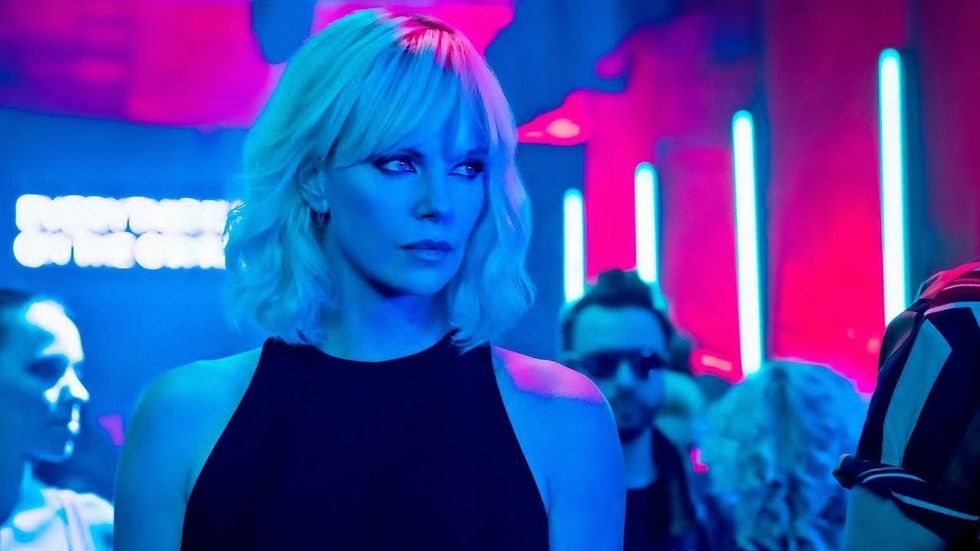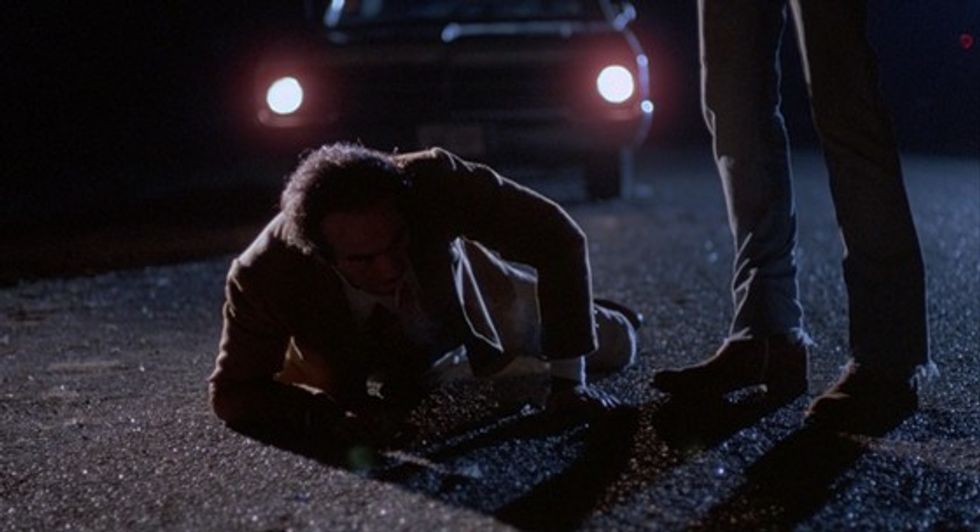
Lighting can set the mood, convey emotions, and guide the audience’s attention. And where you place, the lights are motivated by what you want out of the scene.
In this article, we’ll delve into the definition of motivated lighting and explore some key techniques to help you use it effectively in your filmmaking endeavors.
We have 13 film lighting techniques for you to go over.
But first, let’s get motivated!
An Easy Way to Make Your Lighting More “Cinematic” – Motivated Lighting
www.youtube.com
Motivated Lighting Definition

Motivated lighting is a lighting technique in filmmaking that strives to make the light sources within a scene appear natural and justified.
In other words, it mimics the way light would naturally interact with the environment and the characters within it.
Why motivate your light? The aim is to create a sense of realism and authenticity in the lighting, helping the audience to immerse themselves more deeply in the story.
What Are The Principles Behind Motivated Lighting?

Motivated lighting operates on the principle that light sources should be motivated by the setting and the narrative.
This means that any light you see on screen should have a logical source within the story’s world, whether it’s the sun streaming through a window, a table lamp, or a car’s headlights.
When done right, motivated lighting enhances the storytelling, adds depth to characters, and enriches the visual experience. I think these shots are all really memorable and create movies with scenes that pop out in our heads.
Motivated Lighting Techniques
You’re definitely using motivated lighting in your projects. So, let’s go over a few techniques that will help you make sure the choices you make work best for your project.
- Story-driven Lighting Design: The first step in creating motivated lighting is to analyze the script and the characters. Understand the mood of each scene and the emotional journey of the characters. This will help you determine the type and quality of light that best serves the narrative. For instance, a romantic scene may require soft, warm lighting, while a suspenseful moment could benefit from dramatic, harsh shadows.
- Identify Natural Light Sources: Take a close look at the scene’s setting and identify the natural light sources within it. Is it daylight, moonlight, or artificial sources like lamps or candles? Once you’ve identified these sources, you can plan your lighting setup accordingly.
- Lighting Continuity: Consistency is key to motivated lighting. Make sure that the lighting in a scene remains consistent from shot to shot unless there is a narrative reason for a change. Sudden, unexplained shifts in lighting can disrupt the audience’s immersion in the story.
- Practical Lighting: Whenever possible, use practical lights that are visible on screen as light sources. This not only adds authenticity but also allows for creative storytelling. For example, a character turning on a lamp can signify a shift in the scene’s tone or reveal new information.
- Use Light Modifiers: To control the quality and direction of light, employ various modifiers like diffusers, reflectors, and flags. These tools help you shape the light to fit the mood and atmosphere you want to convey.
- Balancing Ambient Light: In some situations, you may need to balance the existing ambient light with your controlled lighting setup. For example, if you’re shooting a night scene in a room, consider how the moonlight from outside affects the interior lighting.
- Motivate Camera Movements: Coordinate camera movements with your motivated lighting to enhance the visual storytelling. Move the camera in a way that showcases the light sources and their impact on the scene.
- Test and Adjust: Always test your lighting setup before the shoot. Be prepared to make adjustments as needed to achieve the desired look and mood.
Motivated lighting is an essential technique that can elevate the visual storytelling in your films. By grounding your lighting choices in the narrative and the world of the story, you can create a more immersive and emotionally resonant cinematic experience.
Remember that each scene may require a unique approach to lighting, so stay flexible and creative in your lighting design. With practice and attention to detail, motivated lighting can become a powerful tool in your filmmaking arsenal.
Let me know what you think in the comments.
Author: Jason Hellerman
This article comes from No Film School and can be read on the original site.
